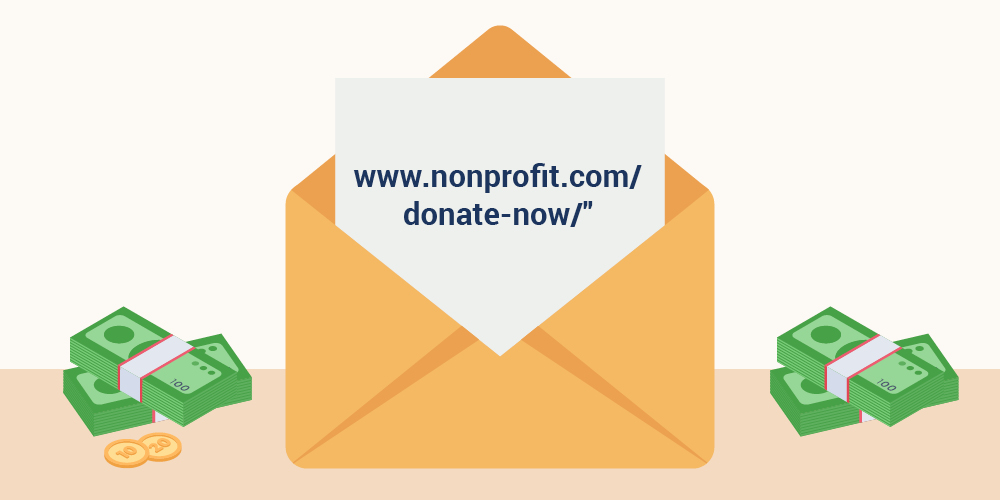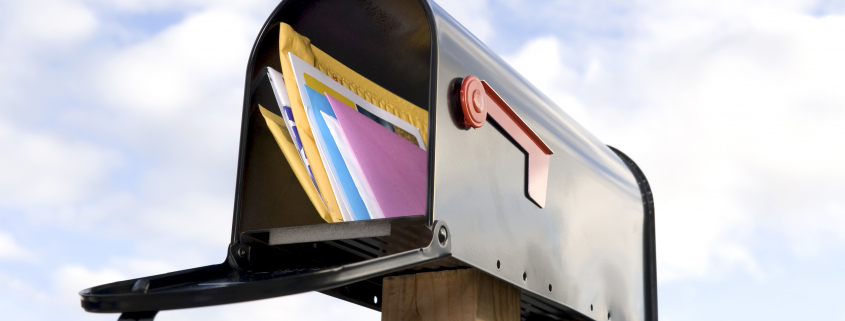5 Best Practices for More Effective Fundraising Letters
Fundraising letters are the backbone of any nonprofit’s direct mail fundraising strategy. Having the most effective fundraising letter possible maximizes the impact of your organization’s marketing spend and helps drive the most donations to ensure you can do what you do best—serve your cause. To help you make the most out of your fundraising letters, here are 5 easy-to-do best practices to think about when setting up your next campaign.
1. Segment your audience.
Segmenting your audience is critical to improving your fundraising results. If your donor list is small, this can be as simple as mailing different appeals to existing, lapsed (those who haven’t given in a few years), and prospective donors (those who have never given).
For organizations with larger constituent lists, segmentation can get incredibly complex as it’s driven by a number of variables—recency or size of the last gift, total contribution amounts, donor age or gender, type of appeal, etc.
If you’re worried your data is out of date — or if you’ve never collected that data at all — no worries! One-time data append services can help you fill in the gaps of information like date of birth, address, or telephone number. Additionally, some nonprofit tools like matching gift tools offer real-time appending of specific information, like employer data.

The takeaway here is that regardless of your network of support, some sort of segmentation can have huge benefits to the results of your appeals.
2. Personalize your letters.
Personalization is also incredibly important. This might be the single easiest step a nonprofit can take to improving the response to a fundraising letter. There are levels of complexity that you can use when personalizing a letter—from including the donor’s name in the salutation (i.e. “Dear Jane,”) to referencing the state/county that the recipient lives in throughout the letter (i.e. “your contributions have supported so many impoverished students in the Atlanta area.”
The more the donor feels personally connected to the letter that they’re reading, the more likely they are to respond to the call to action in that letter. People enjoy seeing things addressed to them much more than they do to “dear donor.” Keep this in mind next time you write your fundraising appeal.
3. Incorporate a multi-channel strategy.
Fundraising letters drive the vast majority of individual donations to nonprofits in the US every year. It’s important to know, however, that using a multi-channel approach not only gets you donations from other channels (online donations, text-to-give, etc.) but improves the results from your direct mail campaigns too.

The more channels used for fundraising the better, as long as there is coordination between them. Consistent branding, messaging, and calls-to-action are key.
4. Partner with a fundraising platform.
Choosing a top-tier fundraising partner can help you get the most from your fundraising campaigns. You put in the time and effort to help your cause, so you’ll want to make sure that you use a dedicated direct mail fundraising partner that is easy to work with, affordable, and attentive.
5. Thank donors for every contribution.
The fundraising campaign shouldn’t end when you receive a donation. In every other situation where you receive a gift, a thank you is appreciated. Donations are no different!
Thanking your donor for their contributions helps them build a stronger connection to your cause, lets them know that they are appreciated, and makes them more likely to give again in the future.
To get started, check out our arsenal of free donor thank-you letters! And when you need to get those letters produced and mailed, GivingMail can help.




